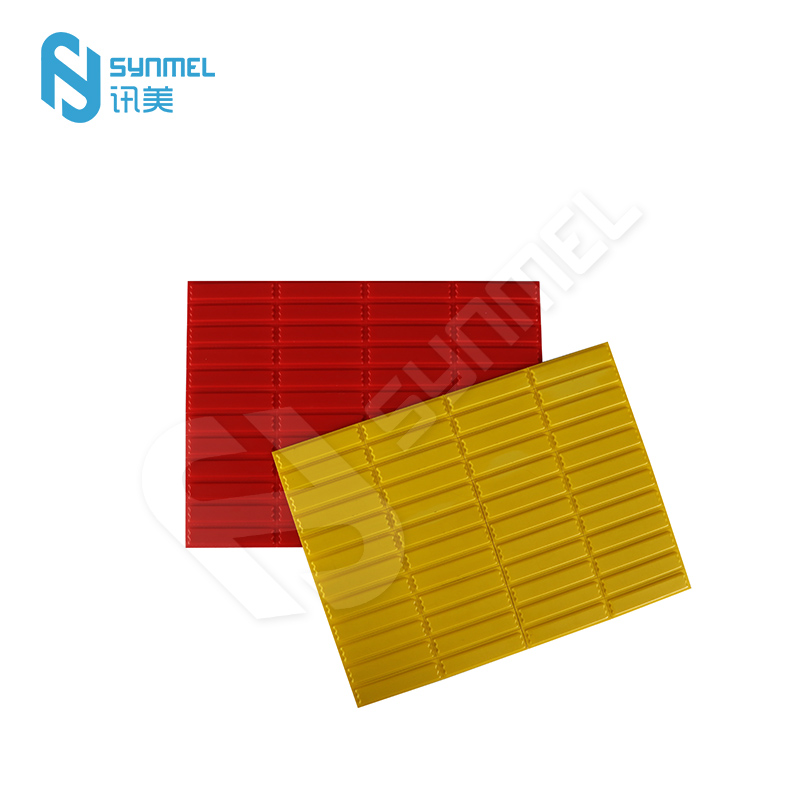- English
- Español
- Português
- русский
- Français
- 日本語
- Deutsch
- tiếng Việt
- Italiano
- Nederlands
- ภาษาไทย
- Polski
- 한국어
- Svenska
- magyar
- Malay
- বাংলা ভাষার
- Dansk
- Suomi
- हिन्दी
- Pilipino
- Türkçe
- Gaeilge
- العربية
- Indonesia
- Norsk
- تمل
- český
- ελληνικά
- український
- Javanese
- فارسی
- தமிழ்
- తెలుగు
- नेपाली
- Burmese
- български
- ລາວ
- Latine
- Қазақша
- Euskal
- Azərbaycan
- Slovenský jazyk
- Македонски
- Lietuvos
- Eesti Keel
- Română
- Slovenski
- मराठी
- Srpski језик
Are AM color labels corrosion resistant?
2025-10-31
The corrosion resistance of AM color labels depends on the materials used and the outer coating. Typically, AM labels consist of a plastic shell and an electromagnetic induction chip. The shell material is usually polyester or polypropylene, which offer some corrosion resistance.
Key factors for label corrosion resistance:
Shell Material:
Polyester: PET material itself has good chemical and corrosion resistance, resisting certain acids, alkalis, and moisture. It is commonly used in electronic devices and label shells.
Polypropylene: PP also has good corrosion resistance, especially when in contact with weak acids or alkalis.
Coating Protection:
UV Coating: Some AM labels have a UV-resistant coating, which not only protects the label from UV damage but also enhances its corrosion resistance.
Waterproof Coating: Some labels have an additional waterproof layer, better preventing moisture damage, especially in humid environments, extending their lifespan.
Chip Encapsulation: The electromagnetic chip inside the label is usually well-encapsulated to prevent corrosive liquids from entering the chip area, ensuring long-term stable operation.
Environmental Impacts:
Moisture and Chemicals: While most AM labels possess some degree of corrosion resistance, this resistance can be compromised in extreme environments.
High Temperature: Prolonged exposure to high temperatures can also cause label materials to age, affecting their performance.
Summary: AM color labels typically exhibit some corrosion resistance in everyday environments, especially in retail settings, and can withstand common environmental factors such as moisture and dust. However, long-term exposure to extreme chemical or temperature/humidity conditions may shorten their lifespan.




